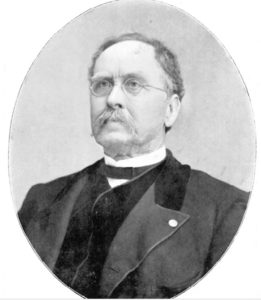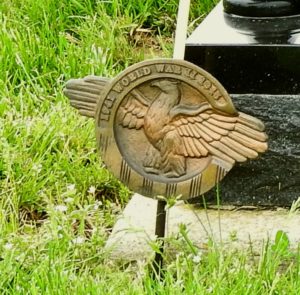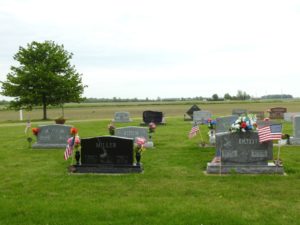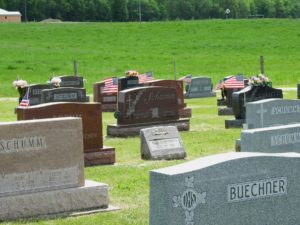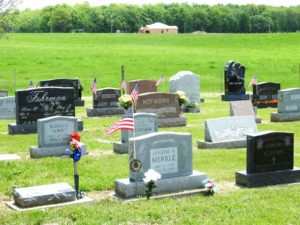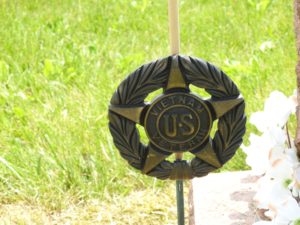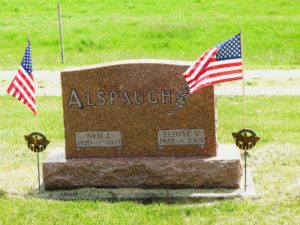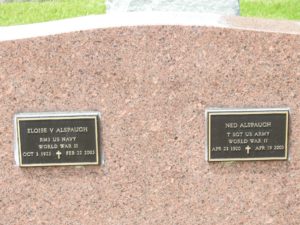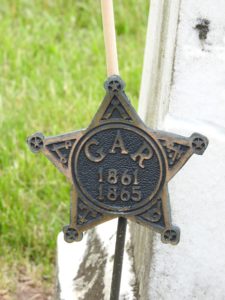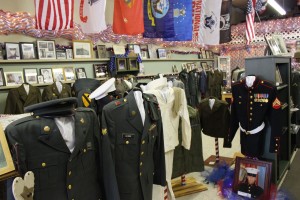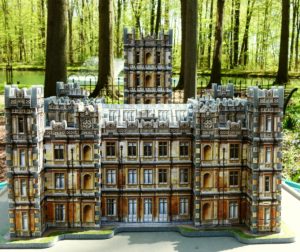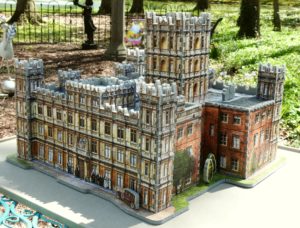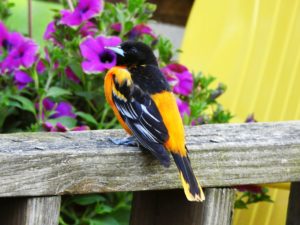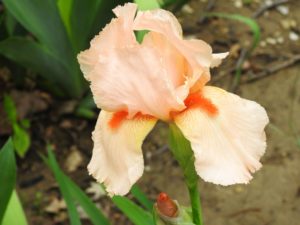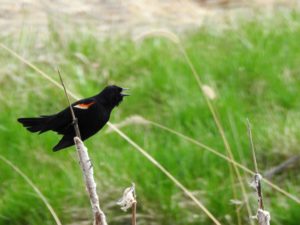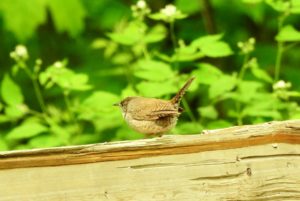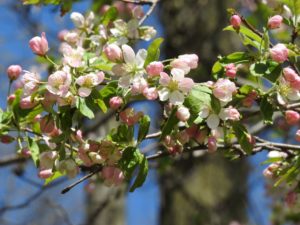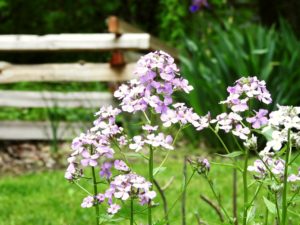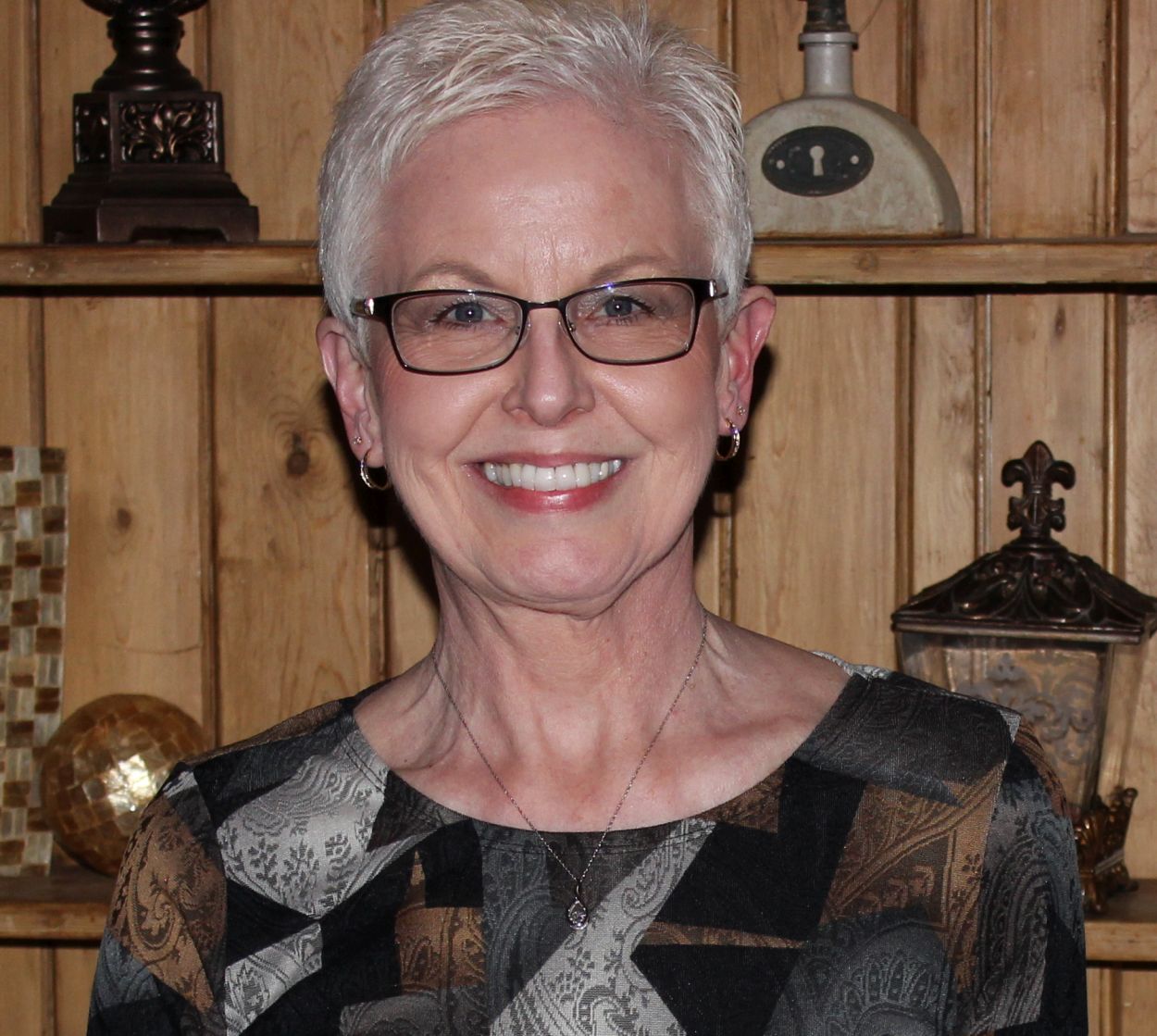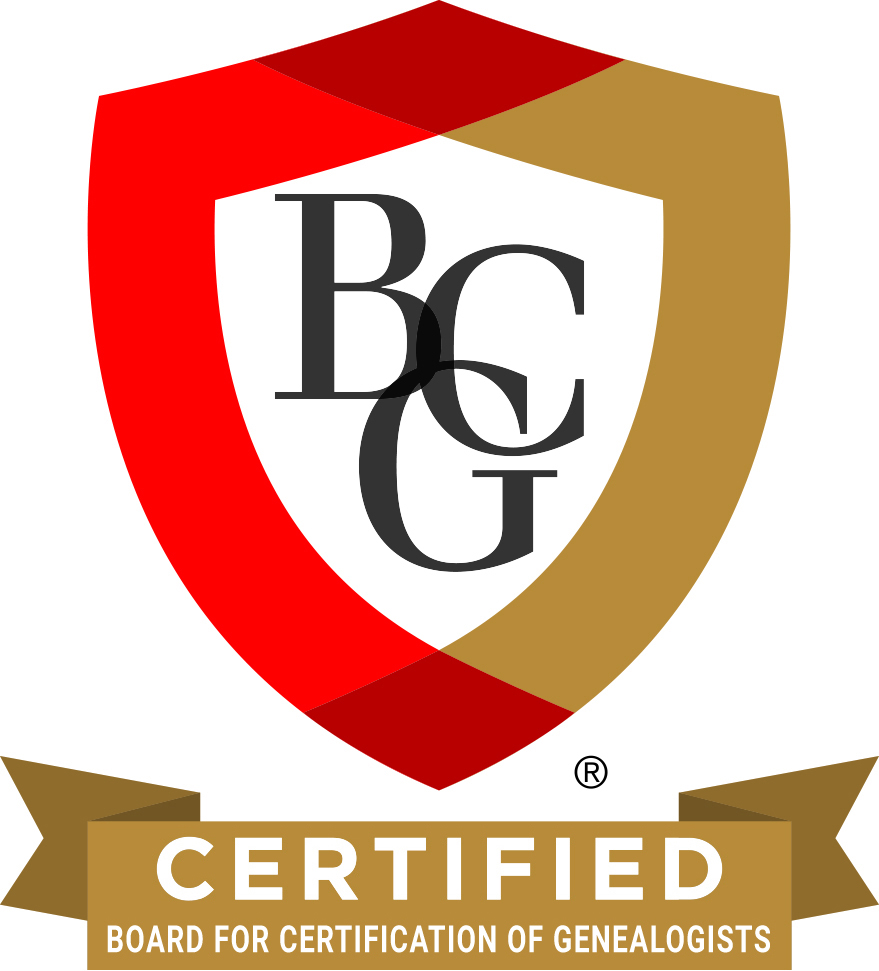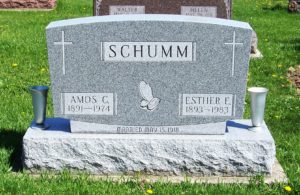
Amos C. & Esther E. (Schumm) Schumm, Zion Lutheran Cemetery, Van Wert County, Ohio. (2012 photo by Karen)
This is the tombstone of Amos C. and Esther E. (Schumm) Schumm, located in row 8 of Zion Lutheran Cemetery, Schumm Van Wert County, Ohio. The marker is inscribed:
SCHUMM
Amos C.
1891-1974
Esther E.
1893-1983
Married May 15, 1918
Amos Clemens Schumm was born 10 October 1891, the second child born to Frederick (Jr) and Mary (Buchner) Schumm. He was baptized 18 October 1891, with Henry Schumm and John Buchner Jr serving as his sponsors. His older sister Justina Louise Schumm died in infancy. His mother Mary (Buchner) was the second wife of his father Frederick, and Amos had six living step-siblings when he was born.
Amos Schumm, with his family in 1900: Friedrich Schumm, 56; Mary, 39; Hugo A, 24; Leona B, 22; Henrietta A, 20; Lawrence W, 15; Amos C, 8; Erna F, 5; and Naomi M, 3. The family lived on a farm in Black Creek Township, Mercer County, Ohio. [1]
Amos‘ father Frederick Schumm Jr died 24 December 1907.
In 1910 Amos lived with his widowed mother Mary (Buchner) Schumm and his siblings: Mary Schumm, 49; William, 25; Amos, 18; Erna, 15; and Naomi, 12. [2]
Amos Schumm married Esther Schumm in Zion Schumm’s parsonage on 15 March 1918, married by Rev. George J. Meyer. Witnesses to their marriage were Aaron Buchner and Naomi Schumm.
The bride, Esther Emilie Schumm, was born 25 August 1893, the fifth child of George Henry [HG] and Anna (Roehm) Schumm. Esther was baptized 3 September 1893 and Mrs. John Schumm and Emilie Schumm served as her sponsors.
Esther Schumm, with her family in 1900: Henry G Schumm, 45; Annie M, 43; Amelia, 19; Annie W, 17; Walter E, 11; Esther, 6; and Maria, 79. [3]
Esther’s family in 1910: HG Schumm, 55; Minnie, 47; George Limecooly, 16, step-son; Margaret Limecooly, 12, step-daughter; Walter Schumm, 21, son; and Esther, 16, daughter. [4]
After their 1918 marriage, the Amos Schumm family in 1920: Amos, 28; Esther, 26; Ruth, 1 month; Naomi, 22; and Mary, 58. [5] Mary was Mary (Buchner) Schumm, Amos’ widowed mother and Naomi was Amos’ sister.
The Amos Schumm family in 1930: Amos C, 38; Esther E, 36; Ruthe E, 10; Betty L, 9; A Junior, 7; Helen M, 5; and Hildegarde, 2. Amos was a farmer. [6]
The Amos Schumm family in 1940, living on route 33: Amos C, 48; Esther, 46; Ruth, 20; Betty, 19; Amos, 17; Helen, 15; and Hildegarde, 12. Amos was a farmer. [7]
Amos Schumm died in the Adams County Memorial Hospital, Decatur, Indiana, on 13 April 1974. He died 4 days after having a heart attack and was buried on the 16th. His obituary:
Amos Schumm
Rockford-Amos C. Schumm, 82, of Rt. 2, died at 2:35 p.m. Saturday in the Adams County Hospital, Decatur, Ind., where he was admitted Monday.
Surviving are his wife, Esther; four daughters, Betty, at home, Mrs. Melvin (Ruth) Buuck of Decatur, Ind., Mrs. Vincent (Helen) Muntzinger of Fort Wayne, Ind., and Mrs. Glenn (Hildegarde) Buxton of Celina; a son, Amos Jr. of Tempe, Ariz; a sister, Mrs. Arnold Schumm of Willshire; 14 grandchildren and six great-grandchildren.
He was a member of the Zion Lutheran Church at Schumm, where services will be held at 2 p.m. Tuesday, Rev. Robert Schuler officiating. Burial will e in the church cemetery.
Friends may call at the Ketcham-Ripley Funeral Home, Rockford, after 2 p.m. Monday. [8]
Esther (Schumm) Schumm died in Mercer County, Ohio, on 26 June 1983, at the age of 89. [9]
Amos C and Esther (Schumm) Schumm had the following children:
Ruth Esther (1919-1997), married Melvin Buuck
Betty Louise (1921-2011), not married
Amos Jr “Jack“ (1922-1998), married Blossom Wegmann
Helen M (living) married Vincent Muntzinger
Hildegarde Irene (1928-1993), married Glenn Buxton
[1] 1900 U.S. Census, Black Creek, Mercer, Ohio, ED 74, p.2, dwelling & family 29, Frederick Schumm; digital image by subscription, Ancestry.com (https://www.ancestry.com/search/collections/7602/ : viewed 17 May 2020).
[2] 1910 U.S. Census, Black Creek, Mercer, Ohio, ED 107, p.2A, dwelling & family 26, Marry Schwinn; digital image by subscription, Ancestry.com (https://www.ancestry.com/search/collections/7884/ : viewed 17 May 2020).
[3] 1900 U.S. Census, Willshire, Van Wert, Ohio, ED 97, p.10, dwelling193, family 206, Henry G Schumm; digital image by subscription, Ancestry.com (https://www.ancestry.com/search/collections/7602/ : viewed 31 May 2020).
[4] 1910 U.S. Census, Willshire, Van Wert, Ohio, ED 114, p.6A, dwelling 110, family 111, HG Schumm; digital image by subscription, Ancestry.com (https://www.ancestry.com/search/collections/7884/ : viewed 31 May 2020).
[5] 1920 U.S. Census, Black Creek, Mercer, Ohio, ED 124, p.1B, dwelling & family 16, Amos Schumm; digital image by subscription, Ancestry.com (https://www.ancestry.com/search/collections/6061/ : viewed 17 May 2020).
[6] 1930 U.S. Census, Black Creek, Mercer, Ohio, ED 1, p.1A, dwelling & family 2, Amos C Schwinn; digital image by subscription, Ancestry. Com (https://www.ancestry.com/search/collections/6224/ : viewed 31 May 2020).
[7] 1940 U.S. Census, Black Creek, Mercer, Ohio, ED 54-1, p. 1A, household 1, Amos C Schumm; digital image by subscription, Ancestry.com (https://www.ancestry.com/search/collections/2442/ : viewed 31 May 2020).
[8] The Lima News, Lima, Ohio, 14 Apr 1974, p.4; digital image by subscription, Ancestry.com, viewed 31 May 2020.
[9] “Ohio Death Index, 1908-1932, 1939-1944, 1958-2007,” Esther E Schumm, 1983; database, FamilySearch.org, viewed 31 May 2020.

